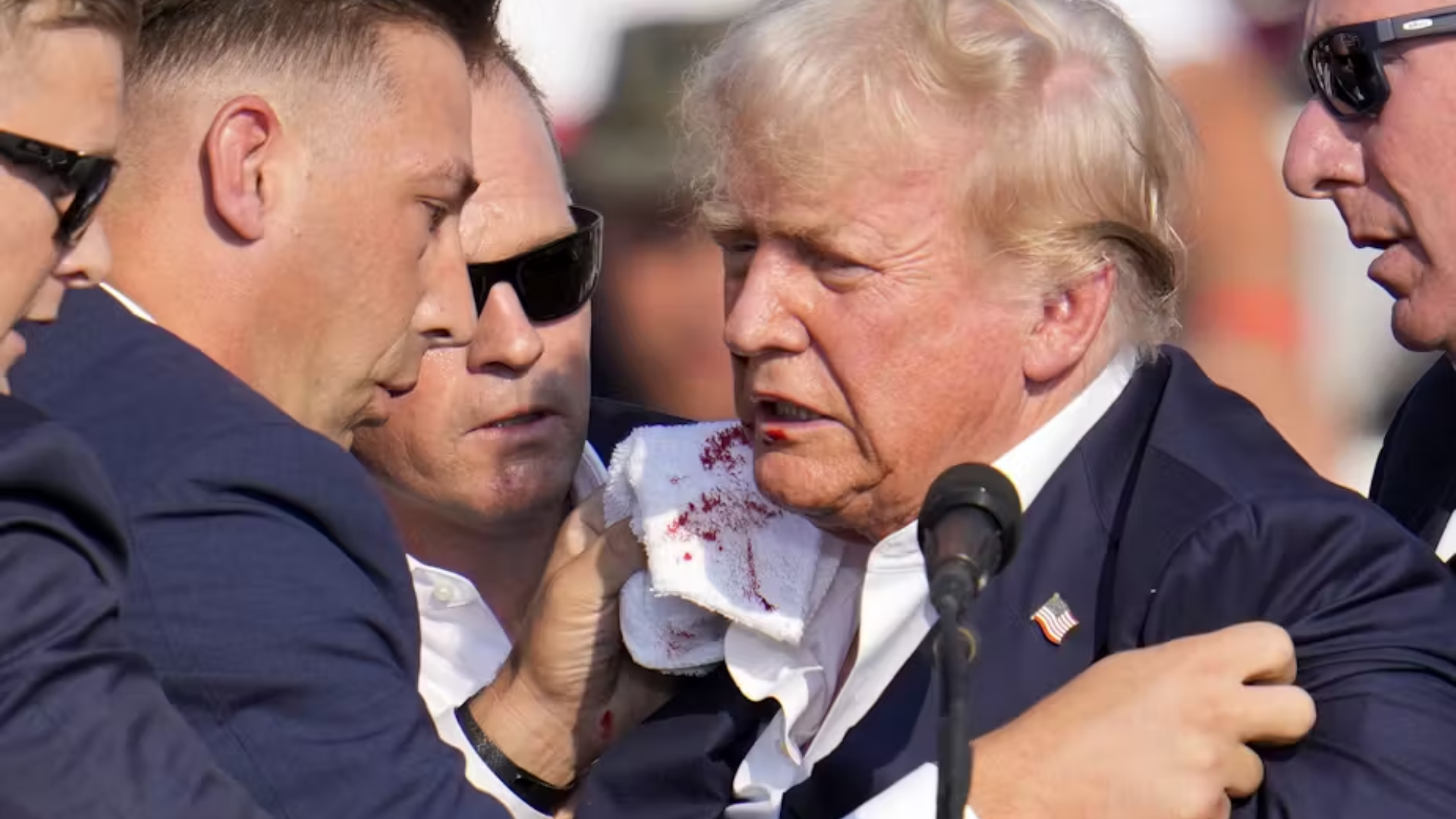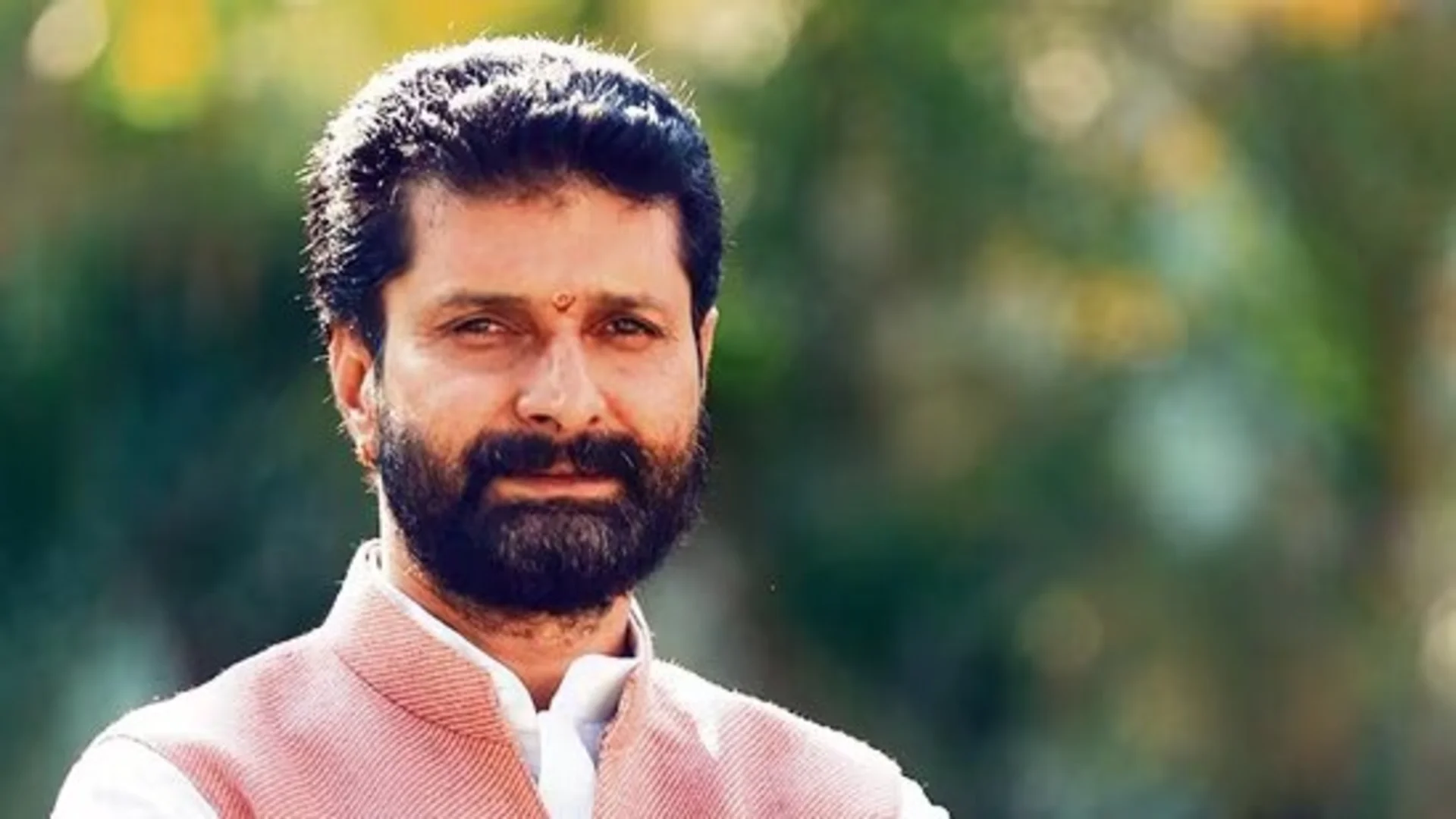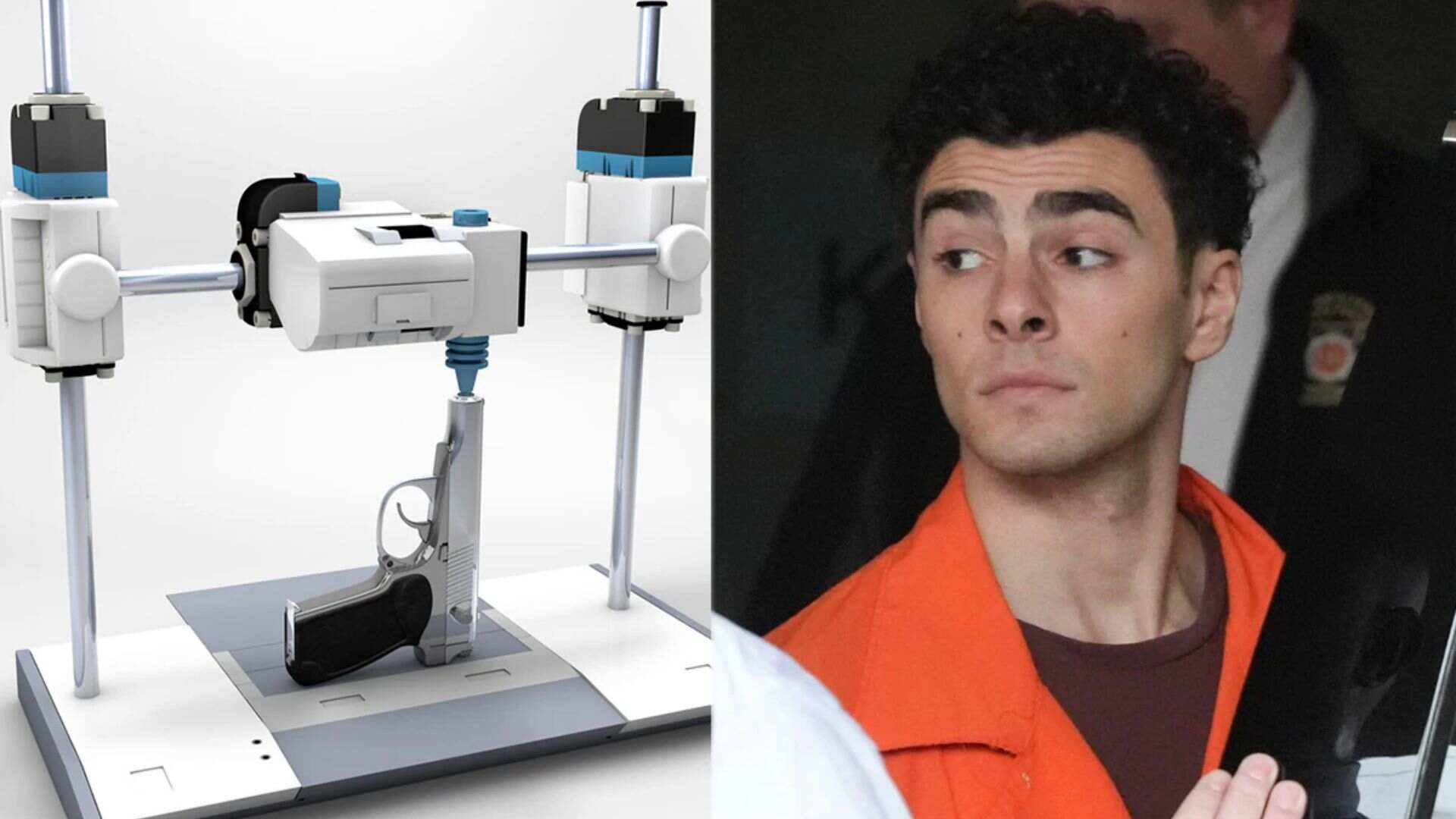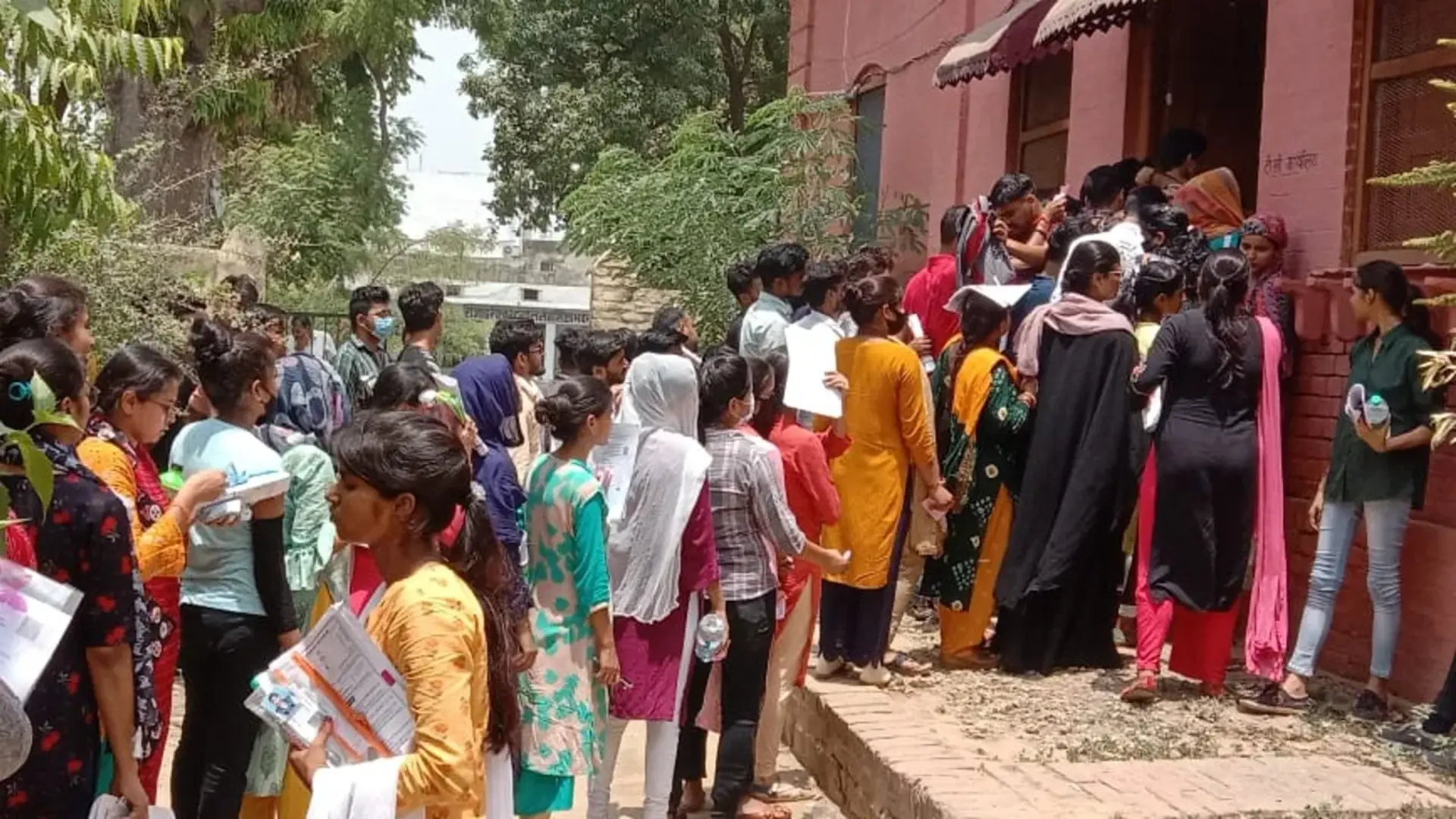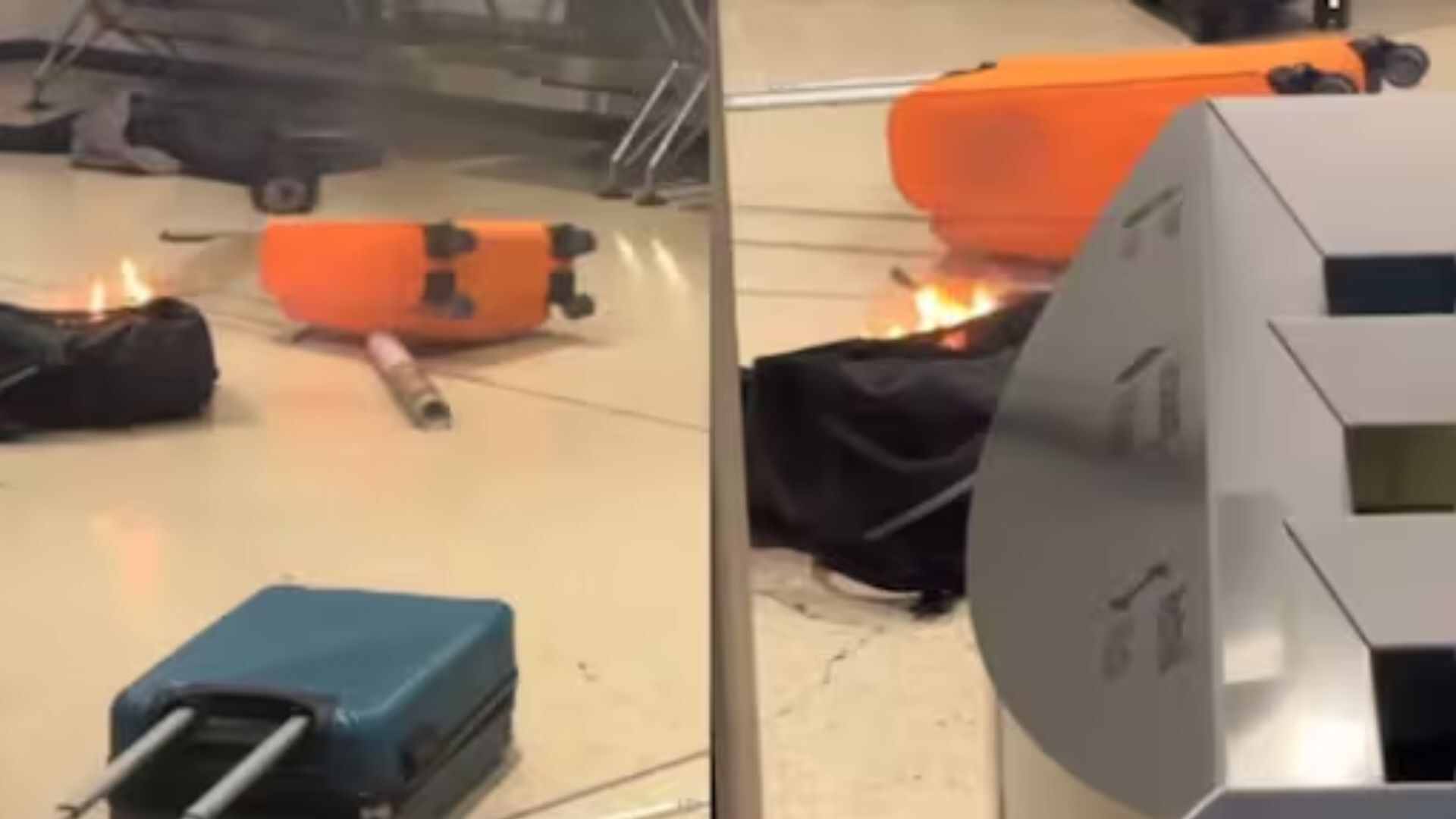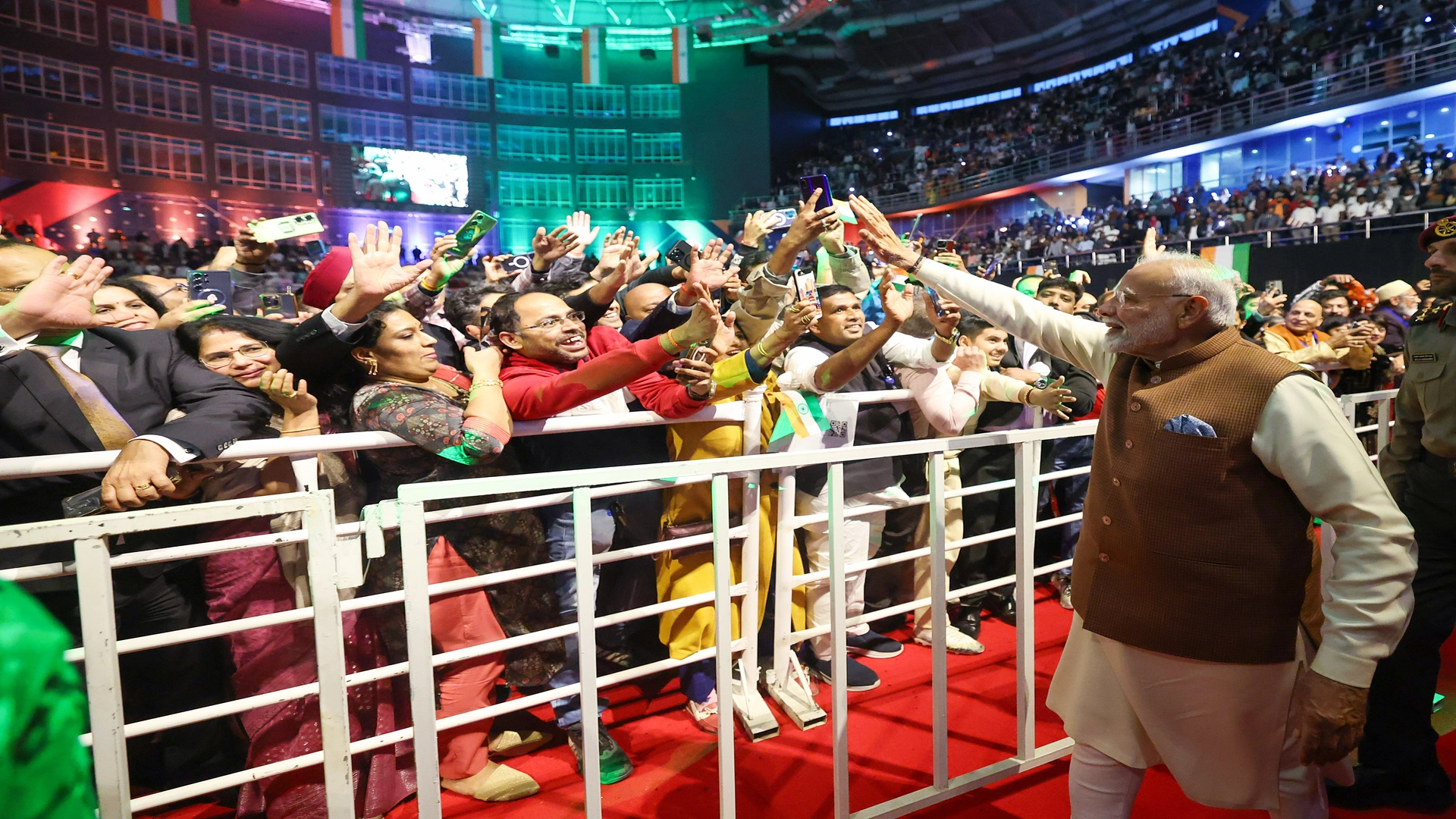Former President Donald Trump narrowly escaped an assassination attempt during a campaign rally in Butler, Pennsylvania, on July 13, 2024. The shocking details, now emerging from text messages and surveillance reports, reveal serious security lapses and miscommunications that allowed the Thomas Crooks to get dangerously close.
The sequence of events began at 4:19 PM when a local countersniper, part of the broader security detail, texted colleagues to notify them that his shift was ending. “Guys I am out. Be safe,” he wrote. As he left his post on the second floor of a warehouse overlooking the rally site, he spotted a young man with long, stringy hair outside the fenced area and texted his colleagues about the potential threat.
The man, identified as 20-year-old Thomas Crooks from Bethel Park, Pennsylvania, was observed at 4:26 PM, raising suspicions. By 5:10 PM, Crooks had moved closer to the warehouse, prompting another countersniper to photograph him and send the images in a group chat, advising the Secret Service to be alerted. Despite these warnings, the response from security forces failed to adequately address the threat.
By 5:38 PM, texts revealed that Crooks was seen using a range finder to survey the stage area, escalating concerns. However, due to a shortage of volunteers and poor communication, the Secret Service and local law enforcement struggled to keep up with Crooks’ movements. “Kid learning around building we are in. AGR I believe it is. I did see him with a range finder looking towards stage. FYI. If you wanna notify SS snipers to look out. I lost sight of him,” the text read.
Crooks had scouted the rally site even before the Secret Service’s first walk-through on July 8. He used a drone to survey the area and had researched past assassinations, including that of President John F. Kennedy. On the day of the rally, he purchased ammunition and a ladder, which he used to access a roof about 400 feet from Trump’s podium.
As Trump took the stage at 6:03 PM, rally attendees noticed Crooks on the roof. At 6:11 PM, Crooks fired his first shot, narrowly missing Trump, who dived to the ground. Secret Service agents quickly responded, returning fire and killing Crooks.
Investigators are piecing together Crooks’ motivations and actions leading up to the attack. Evidence suggests he had plans involving rudimentary bombs and a fixation on high-profile figures. Despite extensive security, miscommunications and lapses allowed Crooks to approach his target with alarming proximity.
The text messages reveal that Thomas Crooks attracted police suspicion more than 90 minutes before the shooting, contrary to the previously reported 60-minute window. They also show that Crooks was often ahead of security forces, including the Secret Service.
The confusion over security responsibilities, particularly regarding roof monitoring, persisted. Kimberly A Cheatle, then-director of the Secret Service, admitted before a House committee that she was unaware of the assigned duties for roof security. Cheatle resigned the following day, adding to the scrutiny of the security failures that nearly resulted in a tragedy.
As the investigation continues, authorities are examining Crooks’ personal devices and online activities. His legal acquisition of an AR-15-style rifle and the discovery of rudimentary bombs in his vehicle and home underscore the severity of the security breach.
This alarming incident highlights critical gaps in security and the need for rigorous oversight to prevent future threats.

